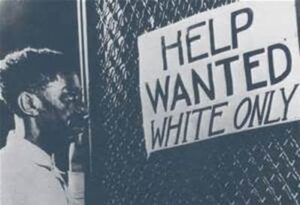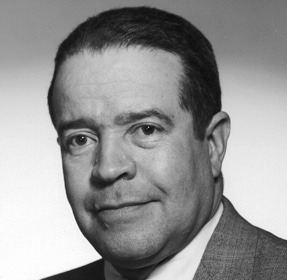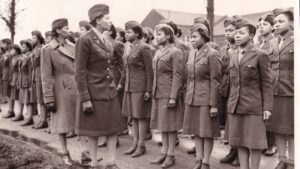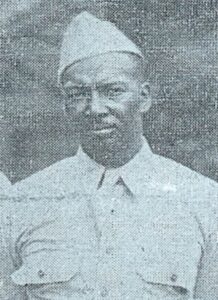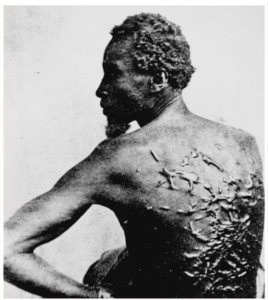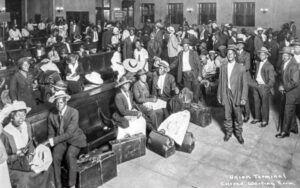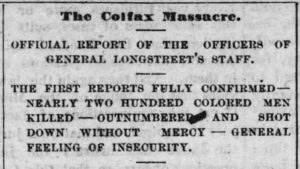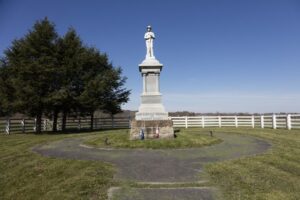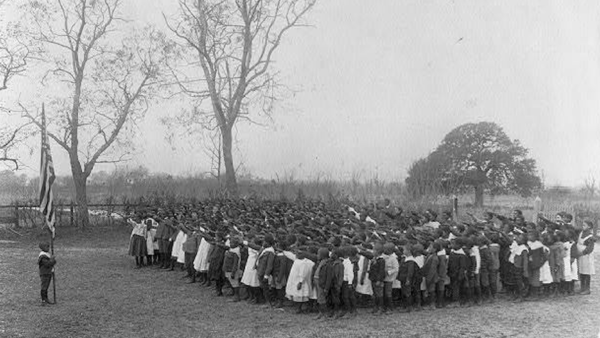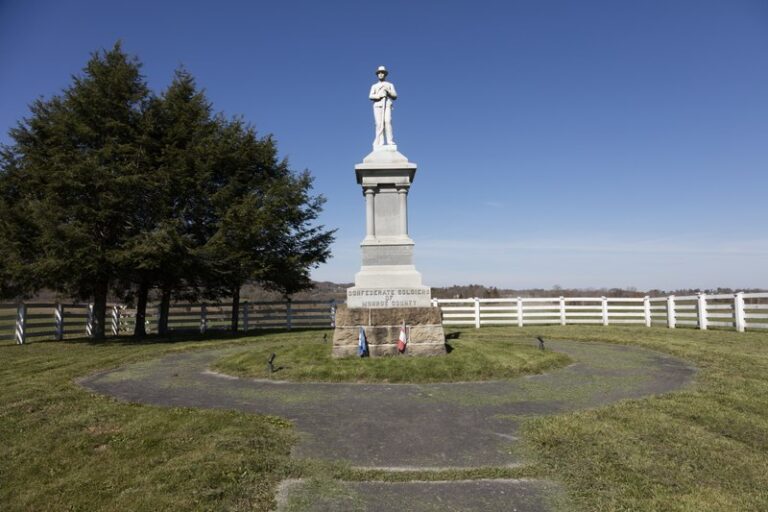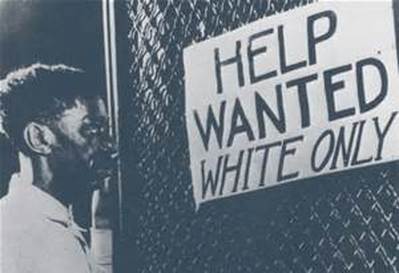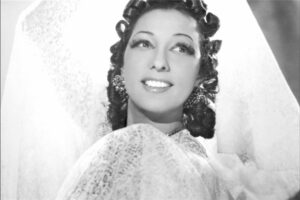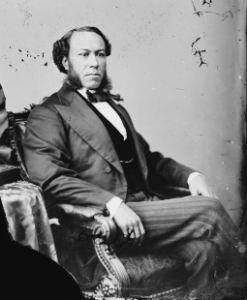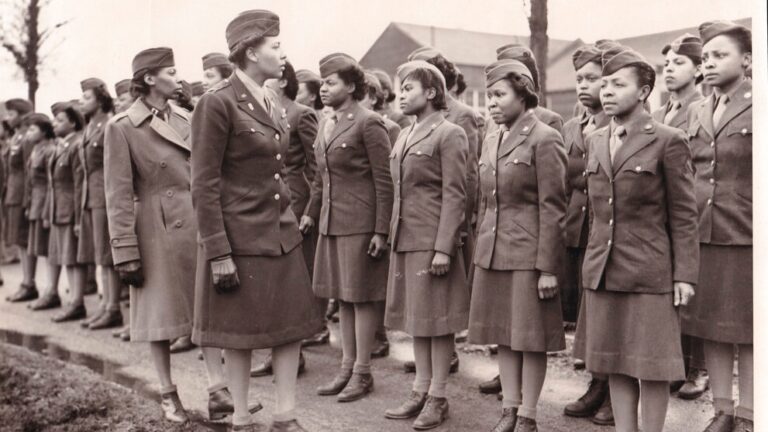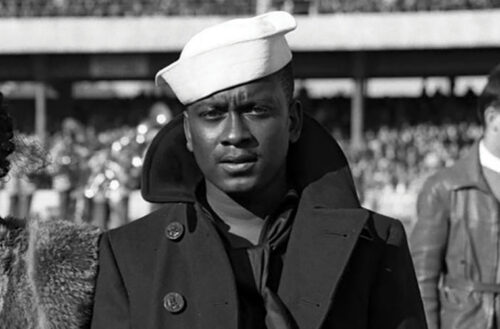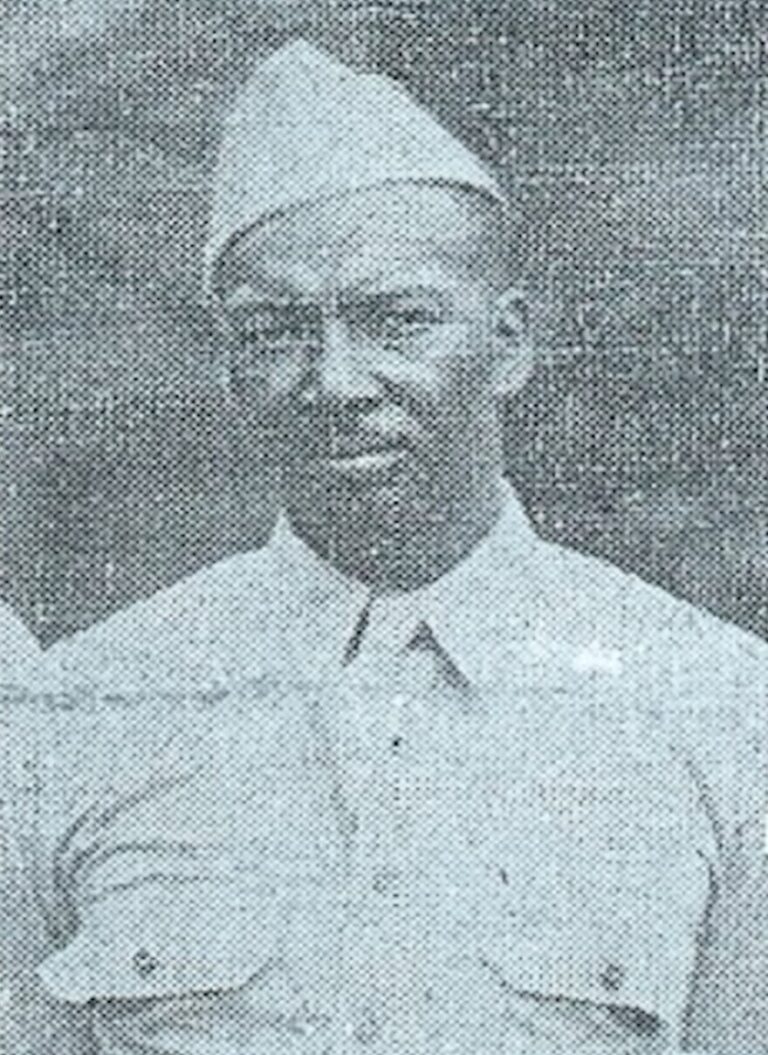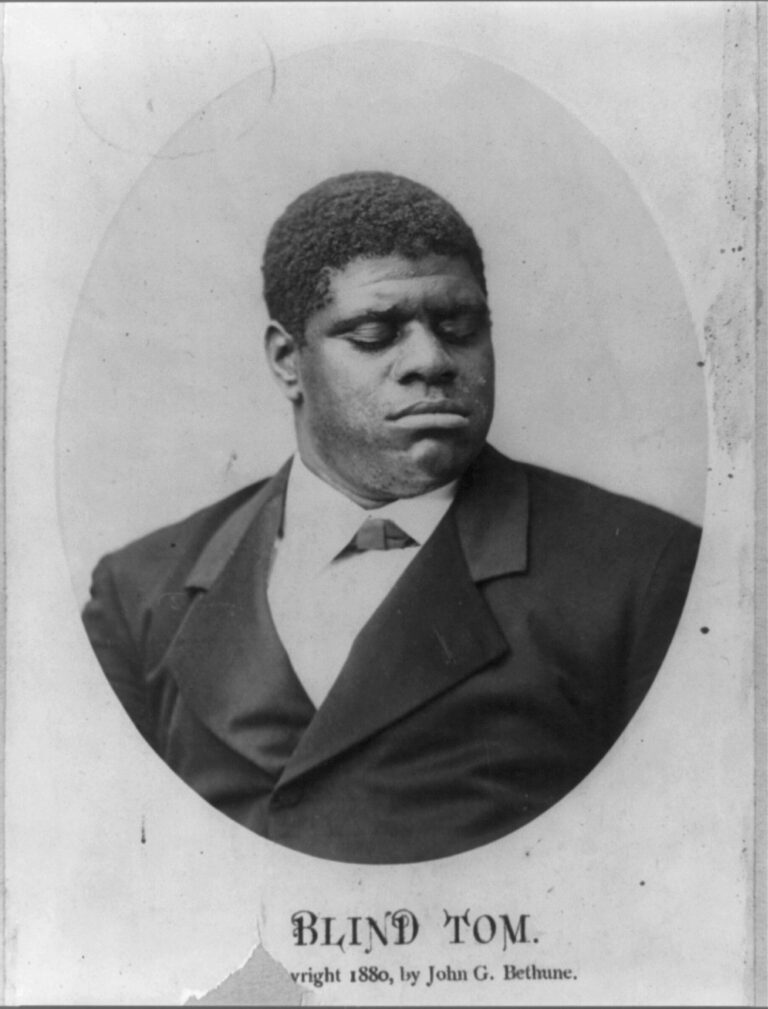Nowadays, Memorial Day honors veterans of all wars, but its roots are in America’s deadliest conflict, the Civil War. Approximately 620,000 soldiers died, about two-thirds from disease.
The work of honoring the dead began right away all over the country, and several American towns claim to be the birthplace of Memorial Day. Researchers have traced the earliest annual commemoration to women who laid flowers on soldiers’ graves in the Civil War hospital town of Columbus, Miss., in April 1866. But historians like the Pulitzer Prize winner David Blight have tried to raise awareness of freed slaves who decorated soldiers’ graves a year earlier, to make sure their story gets told too.
According to Blight’s 2001 book Race and Reunion: The Civil War in American Memory, a commemoration organized by freed slaves and some white missionaries took place on May 1, 1865, in Charleston, S.C., at a former planters’ racetrack where Confederates held captured Union soldiers during the last year of the war. At least 257 prisoners died, many of disease, and were buried in unmarked graves, so black residents of Charleston decided to give them a proper burial.
About 10,000 people, mostly black residents, participated in the May 1 tribute, according to coverage back then in the Charleston Daily Courier and the New York Tribune. Starting at 9 a.m., about 3,000 black schoolchildren paraded around the race track holding roses and singing the Union song “John Brown’s Body,” and were followed by adults representing aid societies for freed black men and women. Black pastors delivered sermons and led attendees in prayer and in the singing of spirituals, and there were picnics. James Redpath, the white director of freedman’s education in the region, organized about 30 speeches by Union officers, missionaries and black ministers. Participants sang patriotic songs like “America” and “We’ll Rally around the Flag” and “The Star-Spangled Banner.” In the afternoon, three white and black Union regiments marched around the graves and staged a drill.
The New York Tribune described the tribute as “a procession of friends and mourners as South Carolina and the United States never saw before.” The gravesites looked like a “one mass of flowers” and “the breeze wafted the sweet perfumes from them” and “tears of joy” were shed.
This tribute, “gave birth to an American tradition,” Blight wrote in Race and Reunion: “The war was over, and Memorial Day had been founded by African Americans in a ritual of remembrance and consecration.”
This article appears in its entirety at Time website. It can be read here.
